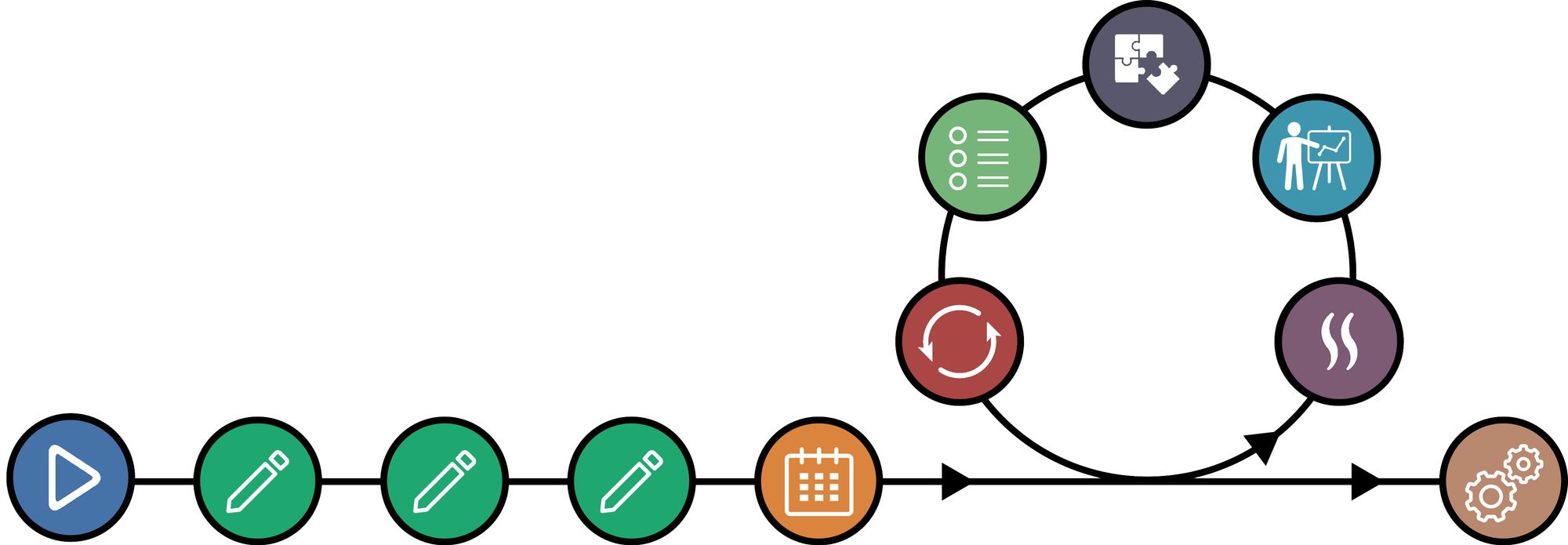A simple guide to Continuous Improvement
Continuous improvement is critical in any team and organisation, but how can we do it efficiently?
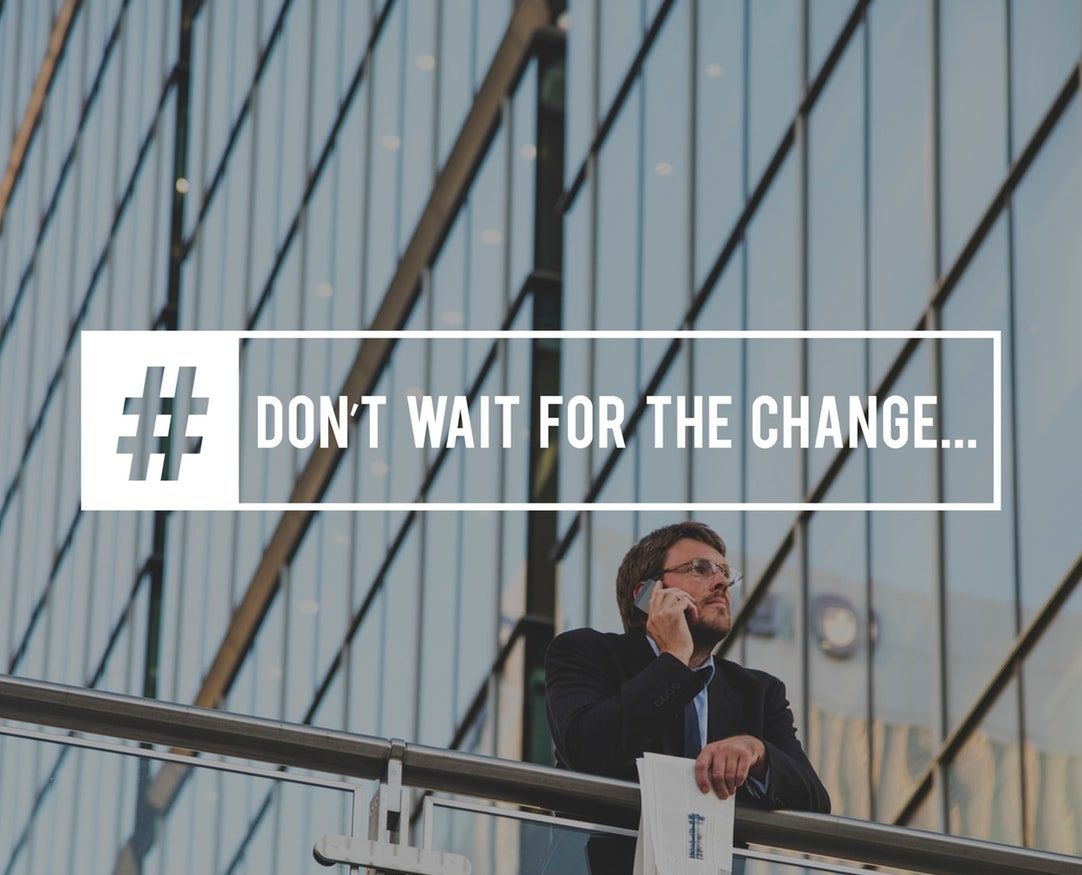
Continuous improvement is critical in any team and organization, but how can we do it efficiently?
In this post we provide a step-by-step guide to help you and your colleagues increase productivity, become more motivated and create a better work environment.
How to conduct a valuable retrospective
It is difficult to set aside time to share new ideas, handle challenges and question the way we work. That is why many organizations and teams all over the world use
retrospectives. It is a safe arena for teams to analyze the way they work, do necessary changes and adapt regularly. And the best part is, it takes almost no time!
Preparation
 The start of a new work period
The start of a new work periodPick a date for your retrospective that works for everyone on the team. The next thing you want to do is set up the retrospective activities you want to run. There is a lot of different activities to choose from depending on what you want to achieve. For instance, you could use one of the popular main activities "Three Questions" or "Timeline" to gather valuable data from your team members.
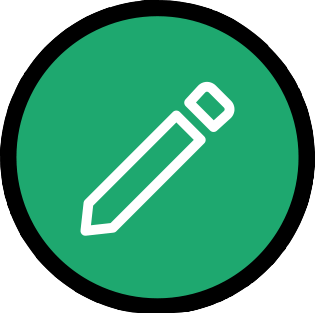 Write down notes while working
Write down notes while workingIt can be very difficult to remember events that happened in the previous week or month. When you experience something that you want to address with the rest of the team we recommend that you write it down. The other option is to spend the first 5-10 minutes of the retrospective memorizing what happened, and then write it down. If everyone writes down notes while they are working it saves time and ensures that important problems and ideas gets discussed in the retrospective.
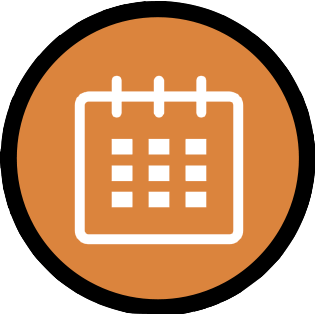 Plan the meeting
Plan the meeting In order to make everything run smoothly we recommend that you book a meeting room and spend five minutes to prepare the TV or projector before the rest of the team arrives. You should also let every participant spend a few minutes before the retrospective to write down and review their notes. This ensures that everyone is well prepared for the retrospective.
Running the retrospective
 Warm-up
Warm-up In a retrospective it is very important with engaged participants. That is why you should consider to kick-start your retrospective with a warm-up exercise.
One of the main goals of a retrospective is to continuously improve by completing the actions that were created in the previous retrospective. Unfortunately many teams struggle to follow-up on actions. That is why we recommend that you spend a couple of minutes in the beginning of your retrospective to review the previous action list. By reviewing previous actions it helps the team to focus on completing the tasks they agreed upon, and at the same time discuss and adjust actions which is not completed. If your team have completed every action from the past retrospective, you can celebrate with good conscience!
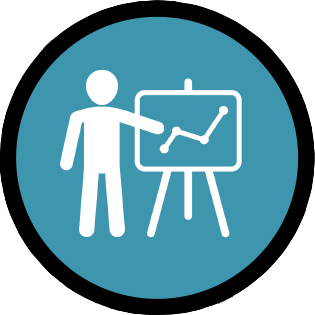 Present notes
Present notes At this stage of the meeting every person presents and elaborates their notes to the rest of the group. This is done to make sure everyone has a shared understanding of each other's situation, challenges and ideas.
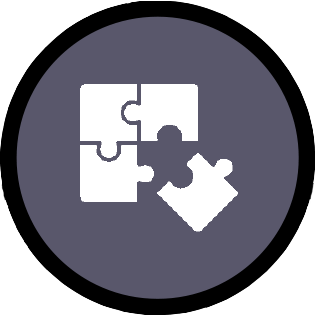 Group notes
Group notes In many retrospectives, there will be multiple notes about the same subject. Grouping these notes saves time and gives you a better overview, especially if there is a substantial amount of notes. We recommend grouping because it prevents the team from wasting time discussing the same topic at multiple intervals. Evetro saves you time by grouping the notes automatically.
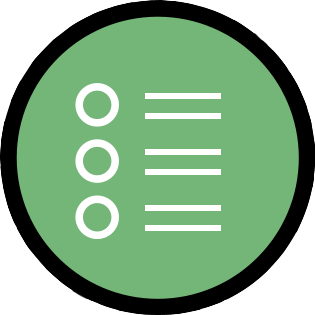 Discuss possible solutions and produce actions
Discuss possible solutions and produce actions The outcome of a retrospective is the action list, which contains actions the team can complete in their day-to-day work in order to improve. To get satisfying actions, it is important that everyone contributes in the discussion. During the discussion the team seeks to understand why problems occur, how they affect the team and how to deal with them. Usually the discussion is the most time consuming part of a retrospective. By including the entire team in the discussion, everyone gets a clear understanding of why things went as it did. It also increases the chance of finding good solutions that fits the entire team.
When the discussion is over, it is crucial to make actions and describe them properly! A common mistake is just discussing the problems and challenges the team is facing, without making any specific actions. Remember the goal of the retrospective is to come up a list of actions the team can follow and implement in order to improve. We strongly recommend that you try to create valuable actions by making them specific, achievable and possible to accomplish.
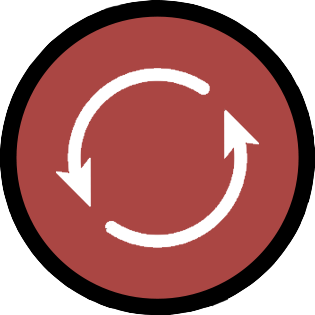 Close-up
Close-up At the end of the retrospective it would be wise to quickly summarize each action the team agreed upon. In addition there is room to run a quick close-up exercise. The purpose of the close-up is to receive feedback on the subject of your choice. E.g. you can ask the participants to say in one sentence what they think worked well with the retro and where it is room for improvement. It is ironic to run a retrospective to improve all other work processes you have except the retrospective.
After the Retrospective
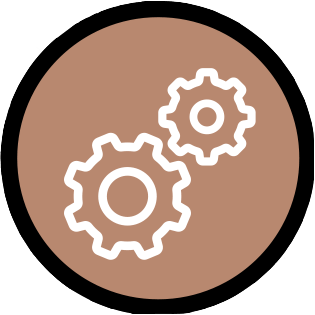 Implement changes
Implement changesWe highly recommend sharing the results from the retrospective so it is visible to the team. Far too many teams do not focus enough on sharing and visualization. Especially the actions, which serves the purpose to remind everyone what they are responsible of completing.
One of the most rewarding aspects of a retrospective is to see positive change. Even small changes will benefit you, your team and your organization!
Retro Model Summarized
